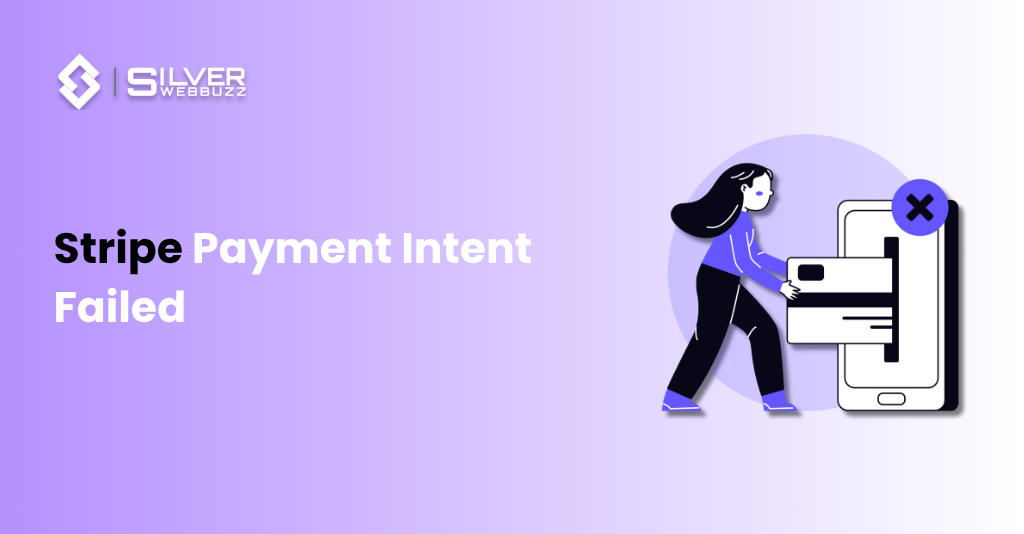Stripe Payment Intent Failed

What Is a Payment Intent?
Common Reasons for Stripe Payment Intent Failures
- Insufficient Funds
The most straightforward reason—your customer doesn’t have enough balance in their account or credit card. - Card Declined
The issuing bank may reject the transaction for reasons like suspected fraud, incorrect CVV, expired card, or spending limits. - Authentication Failure (SCA)
If the customer does not complete 3D Secure authentication (via OTP or fingerprint), the payment will fail. - Incorrect Payment Method Details
Typing errors in card number, expiration date, CVV, or billing address can trigger a failed intent. - Network Errors or Timeouts
Poor connectivity or slow server response can interrupt the payment process. - Duplicate Payment Attempts
Stripe might block repeated identical payment requests within a short time frame. - Incorrect Integration Code
Errors in your code (e.g., not confirming the payment intent or missing steps in the client/server logic) can cause payment failures.
How to Troubleshoot and Fix It
Step 1: Check the Error Message
- card_declined
- insufficient_funds
- authentication_required
- processing_error
Step 2: Inspect the PaymentIntent Object
stripe payment_intents retrieve pi_1234567890
- status
- last_payment_error
- charges.data[0].failure_code
- next_action
Step 3: Implement Better Error Handling on Client-Side
- requires_action → prompt user for 3D Secure authentication
- requires_payment_method → ask the user to provide another card
- succeeded → confirm and show a success message
Example (JS/Stripe.js):
if (paymentIntent.status === “requires_action”) {
// Use Stripe.js to handle SCA
stripe.confirmCardPayment(clientSecret).then(result => {
if (result.error) {
// Handle authentication failure
} else {
// Payment successful
}
});
}
Step 4: Avoid Double Submissions
Fix Tip:
Step 5: Test in Stripe’s Test Mode
Step 6: Update Your Backend Code
- Creates the Payment Intent correctly
- Attaches the correct payment method
- Confirms the payment
- Handles any requires_action responses from the front-end
Node.js Example:
const paymentIntent = await stripe.paymentIntents.create({
amount: 2000,
currency: “usd”,
payment_method: “pm_card_visa”,
confirmation_method: “manual”,
confirm: true,
});
Step 7: Communicate with the Customer
If a transaction fails:
- Provide a clear error message
- Offer steps to retry with a different card
- Log the error for future reference
Final Thoughts

About Author
Bhavik Koradiya is the CEO / Co. Founder of Silver WebBuzz Pvt. Ltd. Having 18+ years Experience in LAMP technology. I have expert in Magento, Joomla, WordPress, Opencart, e-commerce and many other open source. Specialties: Magento, WordPress, OpenCart, Joomla, JQuery, Any Open source.
Related Q&A
[related_qa]